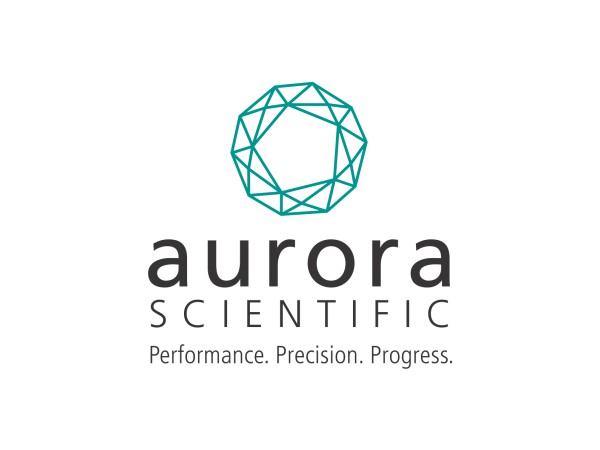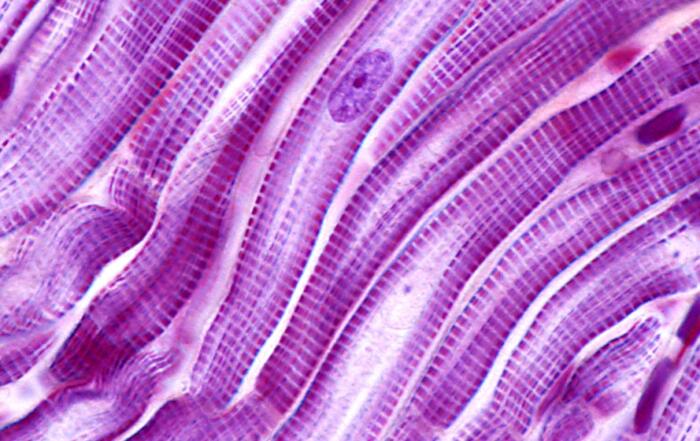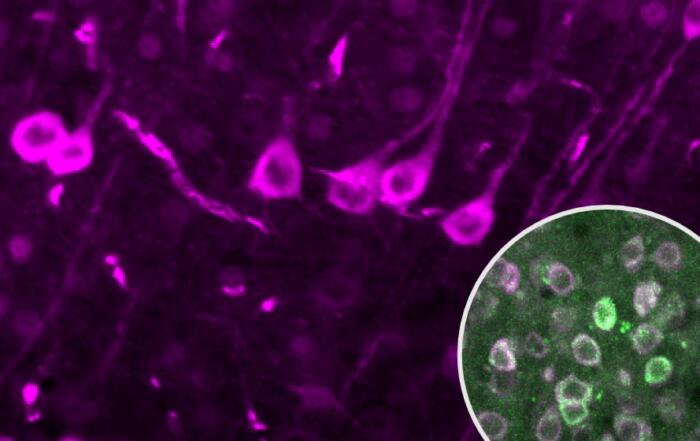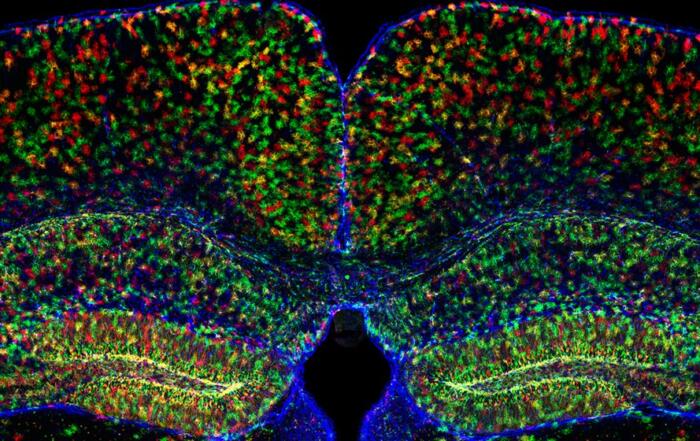Odor delivery with the 220A Olfactometer from Aurora Scientific
During this Tech Cast, produced with Aurora Scientific, Chris Rand discusses the 220A – Olfactometer which has been thoughtfully designed for demanding olfactometry research. Throughout the series of chapters, Chris outlines the system hardware, configurations and modifications that can be made to the device, and discusses how the olfactometer works. Each section is followed by demonstrations to identify best practices as well as sharing tips and tricks to ensure you get the most from your olfactometer.
Resources
To download a PDF copy of the presentation, click on the “LinkedIn SlideShare” icon located in the bottom-right corner of the slide-viewer. From the SlideShare landing page click the “Download” button to retrieve the file.
Additional Resources
Presenters
Sales and Marketing Manager
Aurora Scientific
Production Partner
Aurora Scientific, Inc.







